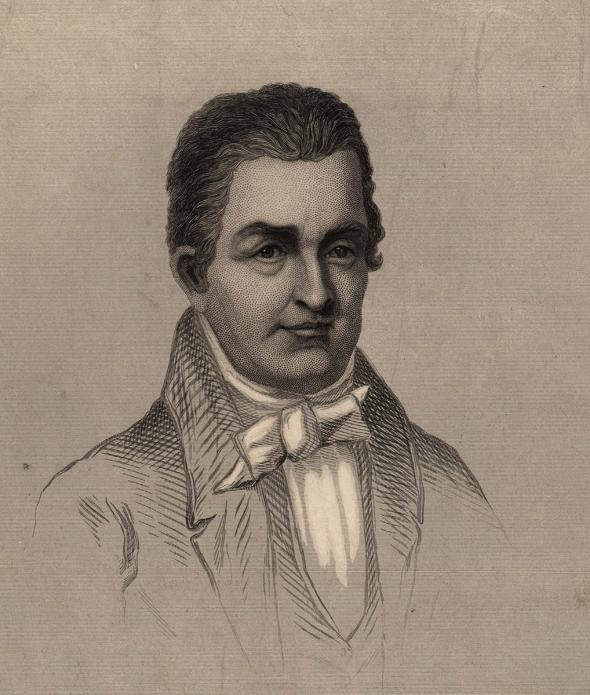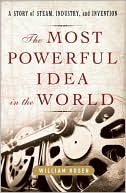By William Rosen
Two hundred and five years ago this week, the city of Philadelphia witnessed the birth of steam locomotion in America…sort of.
As is frequently the case, the newborn in question was beautiful only to its parent: Oliver Evans, a fifty-year old former wheelwright who had, in 1790, received the third patent ever issued by the United States of America.
His child, a steam dredge intended to clear mud out of the port of Philadelphia that he named Orukter Amphibolos (Greek for “amphibious dredger”) was built in a workshop more than a mile from the city’s harbor, so Evans gave his dredge not only wheels to travel down Market Street, but paddles to travel from the Schuylkill River to the Delaware: a locomotive, and a steamboat. Orukter’s July 1805 jaunt down Market Street and around Centre Square is firmly ensconced in the history of invention, and, for that matter, of Philadelphia, which celebrated the event’s bicentennial with a parade and reenactment.
Which doesn’t make it precisely true. The only engraving of the unlovely Orukter was produced decades after its 1805 journey. The dredge itself was junked and sold for scrap soon after. Evans’s subsequent recollections of the event were, to be charitable, erratic…as, indeed, was Evans himself, who spent a fair bit of his life loudly complaining that history had treated him shabbily.
A number of historians, including Steven Lubar of Brown University, have pointed out that his five horsepower engine might have found moving a 14 ton dredge a bit of a challenge (and the route described by Evans – downhill to the Schuylkill, with the current to the Delaware, and then with the tide to the port of Philadelphia, suggests that the engine had more than a little help).


